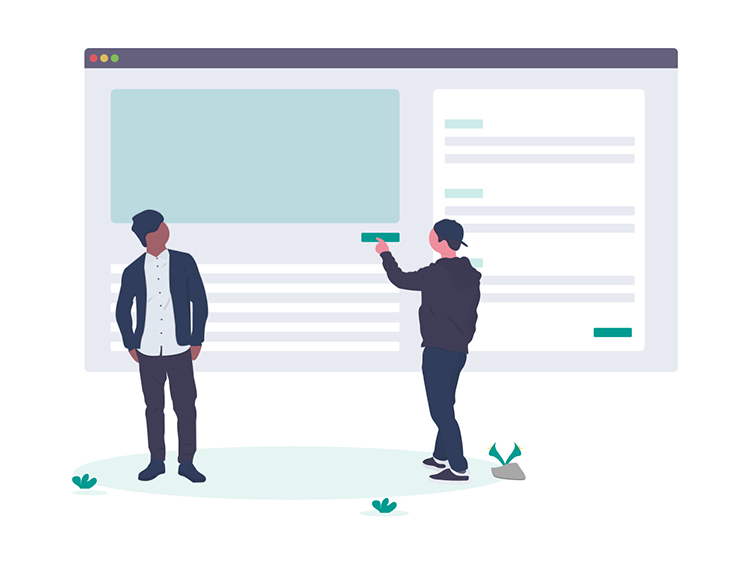
User Experience research is a necessary component in the user interface design process. Arguably more important than the design itself is how comfortable the user is interacting with what you’ve built. User experience research can take many forms depending on what stage your project is at, including discovering a product or service people need, exploring what type of designs would meet those needs appropriately, or testing a design for its efficacy. In this article I’m going to cover one of the most important aspects of UX research, usability research and testing.
What Is User Usability Research & Usability Testing?
Usability research is a qualitative research method, meaning we observe users moving through the system and document design aspects that are challenging or problematic. This type of research is especially important in the field of software development, where the user interface is the access portal into your service, and typically the first thing a user will see. Usability testing offers a direct assessment of the system and answers questions such as to why a certain button or navigation feature might be confusing for users. It encompasses different quality components of the system, including learnability, efficiency, memorability, errors, and utility. In general you can think of usability as how useful and easy a system or site is to use.
Why Is Usability Important?
Why usability is an important attribute of any site comes down to the amount of choice users have, and the amount of effort they are willing to put into learning and navigating your app or site. The sheer number of options out there and the varying degrees of usability mean that if an app or site is not user friendly from the get-go, leaving is a user’s first option. A Microsoft research team (Liu et al. 2010) found a negative aging effect on the time users spent on a site, meaning the longer a user stays on a site the less likely they are to leave at any given moment. The probability of leaving levels out around 20 seconds, meaning you have 20 seconds to not only draw the user in, but also give them the confidence that they can find what they’re looking for. For this to happen the interface, navigation, and layout need to be intuitive and clear.
Improving Usability
Improving usability means finding the sticking points in the current design. It involves evaluating a product by testing it with representative users. The results gathered are then interpreted by the researcher as to what an effective solution might be. Some advantages of usability testing include that it can be done in a non-formal setting; you can effectively conduct testing anywhere. The cost of running tests are minimal. Most of the time only five users are needed to uncover 85% of the usability problems, which means less time is needed and no expensive equipment. Another huge advantage is that you can run usability tests at any stage of development. You can test old designs to identify the parts that work, make paper prototypes to test and retest with minimal down time, and continue testing with higher and higher fidelity prototypes.
Usability Insights
The way we gain insights to usability is by watching what users do and not necessarily what they say they are going to do. This is accomplished by creating task scenarios for them to follow. Task scenarios are realistic activities that a user would normally do and would need to interact with the interface to accomplish. An effective task has a high probability of uncovering a usability issue. Task scenarios must be written in such a way that they instruct the user to take action, rather than asking how the user would complete the task. This way you’re able to get a realistic feel for how most users will be interacting with your system. It can also be helpful to encourage the users to explain their thought process outloud and at every step. This is different from them giving feature suggestions for what they would like to see. While this can be helpful, it does not indicate anything meaningful about the current iteration. It’s unreliable at best to ask users to predict how they will act in the future, so it’s ideal to gather data on their present actions
Succcessful Usability
What does a successful usability study look like? Well, both failure and success of task scenarios are valuable data points that you can use to further improve your design. For the user, success means not having to think about what to do next: each step in accomplishing the task should be intuitive. While the results are qualitative in nature, that doesn’t mean we can’t quantify the frequency or severity of the problems. This way, you can create a roadmap of issues that can be numerically and categorically ranked, addressing them in a conscious and well planned manner. Usability testing is just one user experience research method, but it is an invaluable one that should be frequently used throughout the design process to answer questions about why or how to fix a problem.
